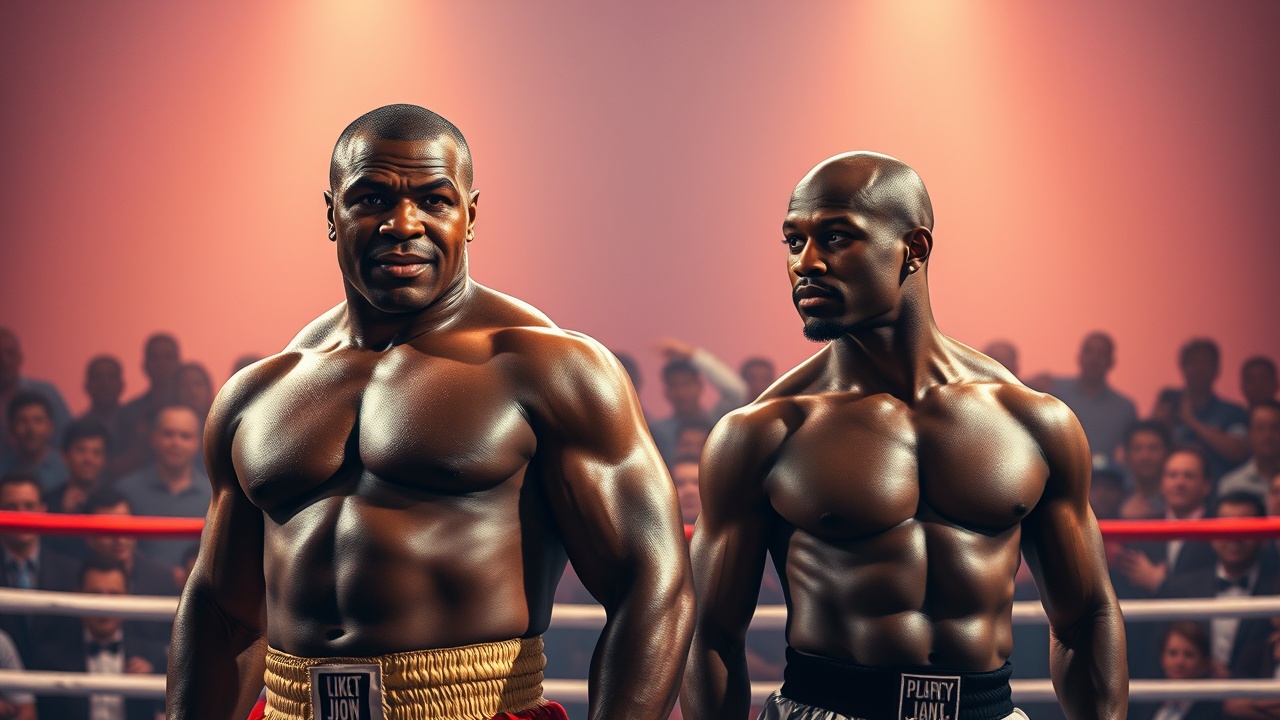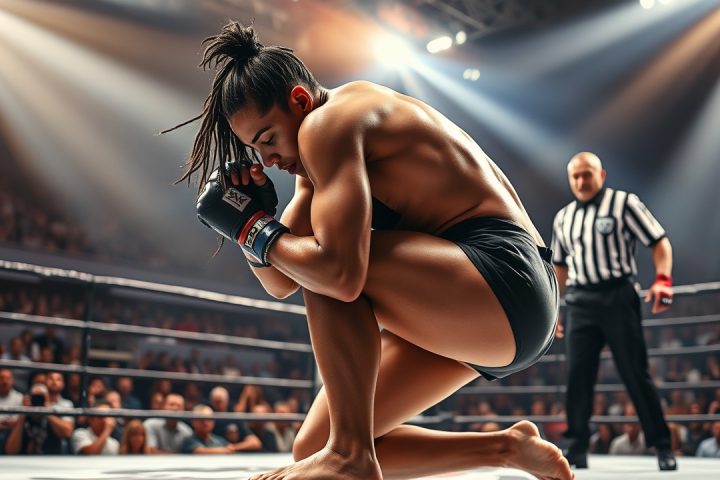Transformation of Boxing
Boxing has transformed significantly since the days of champs like Muhammad Ali, who transcended the sport to become a cultural phenomenon. Generations have passed since fans admired the fierce talent of Roberto Duran, the refined prowess of Sugar Ray Leonard on screen, or the explosive might of Mike Tyson, who captivated audiences like few others. Today, however, in 2025, the landscape of boxing feels strikingly different.
The Current State of Boxing
Outside of a few legitimate professional matches—an increasingly rare occurrence—the sport seems dominated by a mix of iconic legends, internet personalities, and exhibition events. I openly confess to enjoying the antics of influencers like Jake Paul. The vibrancy he brings to the scene has its appeal, and I’ve previously expressed that his journey embodies a uniquely American success narrative.
Significantly, the spectacle surrounding events like Floyd Mayweather’s bout against Conor McGregor did not tarnish boxing. Instead, it provided an entertaining diversion without stalling the progression of real boxing endeavors. No titles were on hold, no divisions hampered; the sport continued its evolution.
Emergence of New Platforms
The emergence of platforms like Misfits has granted a second chance to fighters like Darren Till, who has rejuvenated his image with a stellar performance against Luke Rockhold recently in England, surprising fans with his newfound vigor. Misfits also generates impressive viewership figures through DAZN, revealing a strong audience demand for these fights.
The Shift in Audience Focus
Yet, the predicament remains: crossover events are no longer just a peripheral attraction; they now dominate the boxing arena. The audience has shifted focus significantly, with outside figures transforming into main attractions. In fact, the spectacle of boxing has become the centerpiece, overshadowing the substantive matches at times.
In an astounding statistic, 108 million viewers tuned in globally for the exhibition fight between Tyson and Paul last year, as reported by Paul’s promotional outfit, Most Valuable Promotions.
The duo of Tyson and Mayweather boasts nearly all the records for the highest-selling pay-per-view events in the sport. It’s clear their upcoming exhibition, announced recently for next year, will likely yield tremendous viewing figures, despite notable differences in their ages and sizes.
Contradictions in Professional Boxing
Even the marquee matchups for 2025 and 2026—Canelo Alvarez facing Terence Crawford, Tank Davis squaring off against Jake Paul, and Tyson meeting Mayweather—highlight the prevailing contradictions within professional boxing. All six fighters have left indelible marks on the sport, yet their paths should ideally not intersect as they currently do.
The imbalance is evident; the circus of exhibitions is outpacing true competition in the boxing ring. As Jake Paul skillfully maneuvers through seasoned MMA veterans, pro boxing finds itself stumbling, failing to organize the high-stakes matchups fans crave desperately.
Missed Opportunities
Where, for example, are the eagerly anticipated encounters between Canelo and David Benavidez, Anthony Joshua and Tyson Fury, or Shakur Stevenson and Tank Davis? These matchups were meant to be the torchbearers of boxing in 2025, not afterthoughts that haunt conversations without resolution. Ghosts of these would-be clashes do not generate ticket sales.
It’s essential to recognize that Tyson, Mayweather, Paul, and the Misfits aren’t the villains in this narrative. They are simply fulfilling their roles within the sport by entertaining fans and capitalizing on evident demand. The real fault lies with professional boxing’s persistent failure to schedule the best matchups when they matter most, widely known to be when the public sentiment is strongest.
Envisioning a Thriving Future
Envisioning a year where boxing finally hits all the right notes is thrilling: a Netflix-worthy main event of Tyson versus Floyd, interwoven with an epic showdown between AJ and Fury that could draw tens of thousands at Wembley. This ‘Battle of Britain’ could have defined a golden era for heavyweights and generated excitement instead of delays. Meanwhile, electrifying clashes like Canelo against Benavidez or Stevenson facing off against Tank Davis at legendary venues would elevate boxing to heights we only dream of today.
This kind of scheduling would merge pure boxing with captivating spectacle, appealing to varied audiences and attracting significant investment from broadcasters. But instead, entities like Premier Boxing Champions and Top Rank seem to be missing their moment, leaving the more dramatic elements of boxing to fill the gaps in visibility.
Conclusion
The legends of today—Tyson, Mayweather, Paul, and others—are not diminishing boxing’s value; rather, they highlight a sport failing to captivate its audience by neglecting its core competitive edge. The shift from Ali, Leonard, Duran, and Tyson to Tyson versus Mayweather and others reflects a sport at a crossroads, where it is not the exhibitions harming its reputation, but the sport’s own missteps.




